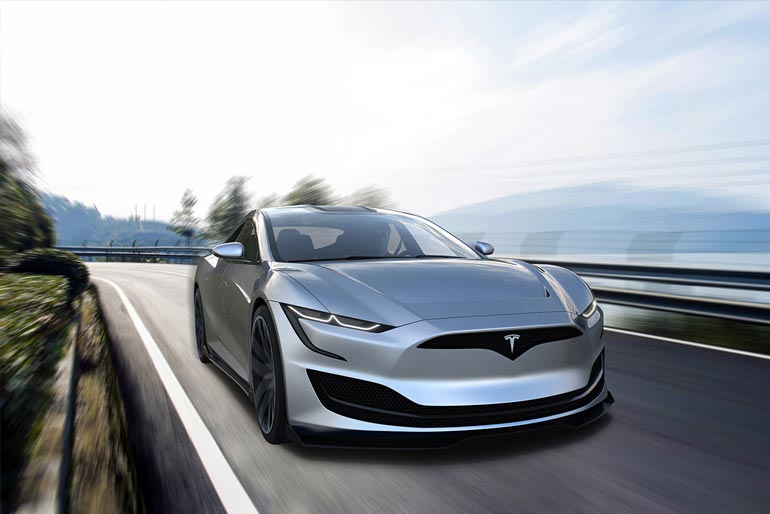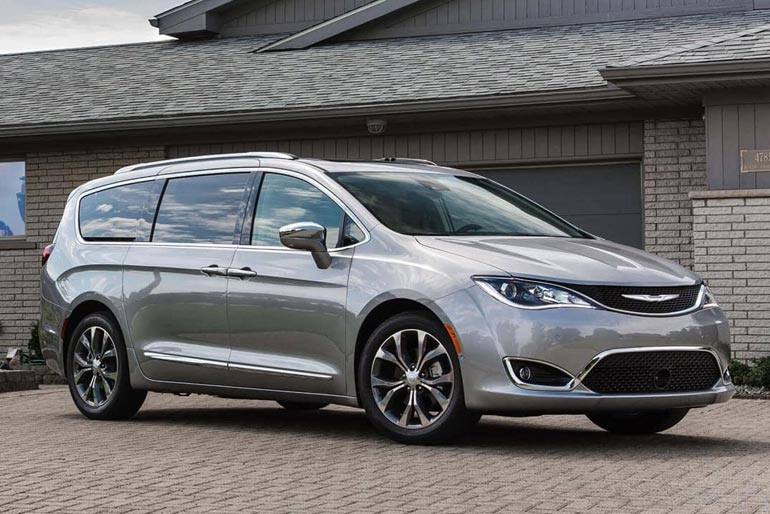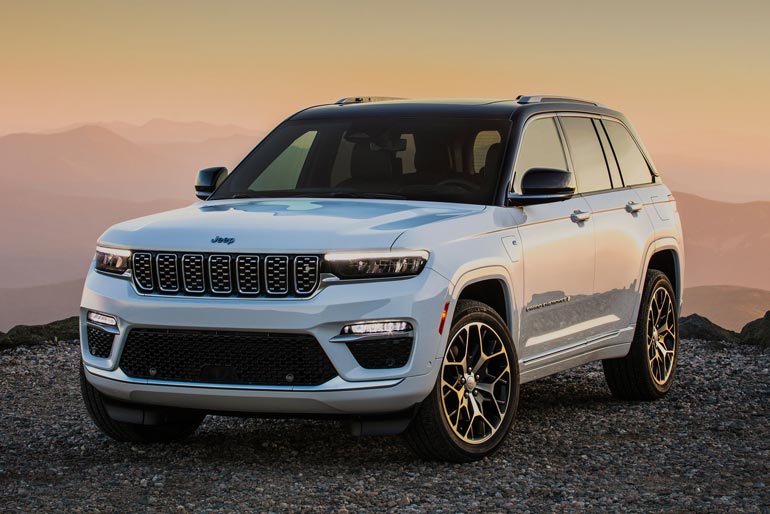Safest SUVs 2018
BMW X3, Volvo XC60, Audi Q5 and Mercedes-Benz GLC.
1) BMW X3:
The passenger compartment of the X3 remained stable in the frontal offset test. Dummy readings indicated good protection of the knees and femurs of the driver and passenger. BMW showed that a similar level of protection would be provided to occupants of different sizes and to those sat in different positions. All critical body regions of the passenger dummy were well protected in this test. In the full-width rigid barrier impact, protection of both the driver and rear passenger was good or adequate, except the chest of the rear dummy, protection of which was rated as marginal, based on chest compression.
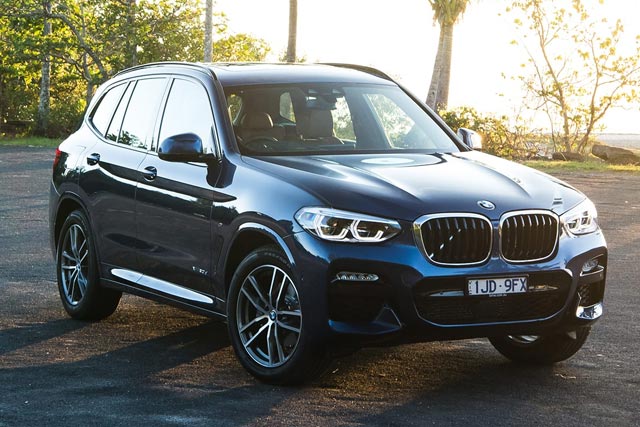
The X3 scored maximum points in the side barrier test, with good protection of all critical body areas. In the more severe side pole test, dummy readings of rib compression indicated marginal protection, while that of other body areas was good. Tests on the front seats and head restraints demonstrated good protection against whiplash injury in the event of a rear-end collision. A geometric assessment of the rear seats also indicated good whiplash protection. The autonomous emergency braking system scored maximum points in tests of its functionality at the low speeds at which many whiplash injuries are caused, with collisions avoided at all test speeds.
Volvo XC60:
The passenger compartment of the XC60 remained stable in the frontal offset test. Dummy readings indicated good protection for all critical body areas of the passenger and of the knees and femurs of both the driver and passenger. Volvo showed that a similar level of protection would be provided to occupants of different sizes and to those sat in different positions. In the full-width rigid-barrier test, protection of both dummies was good except for the chest of the rear passenger, protection of which was rated as marginal. In both the side barrier test and the more severe side pole impact, protection of critical body areas was good and the XC60 scored maximum points.
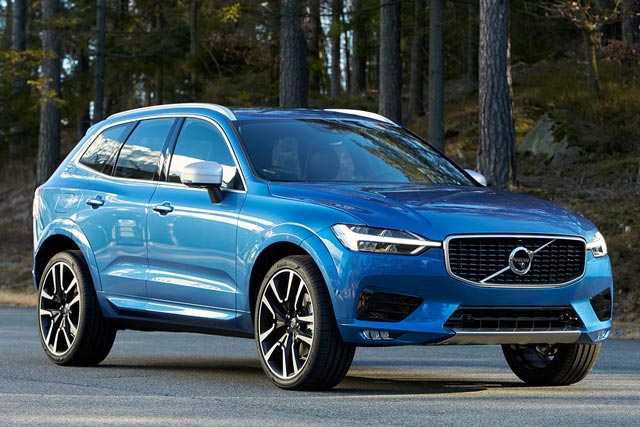
Tests on the front seats and head restraints demonstrated good protection against whiplash injuries in the event of a rear-end collision. A geometric assessment of the rear seats also indicated good whiplash protection. The standard-fit autonomous emergency braking system scored maximum points in tests of its functionality at the low-speeds typical of city driving, with collisions avoided at all test speeds.
Audi Q5:
The passenger compartment of the Q5 remained stable in the frontal impact. Dummy readings indicated good protection of the knees and femurs of both the driver and passenger. Audi demonstrated that a similar level of protection would be provided to occupants of different sizes and to those sat in different positions. All critical body regions of the passenger dummy were well protected. In the full-width rigid barrier test, protection of all body regions was good, with the exception of the chest of both dummies and the neck of the rear passenger dummy, protection of which was adequate.
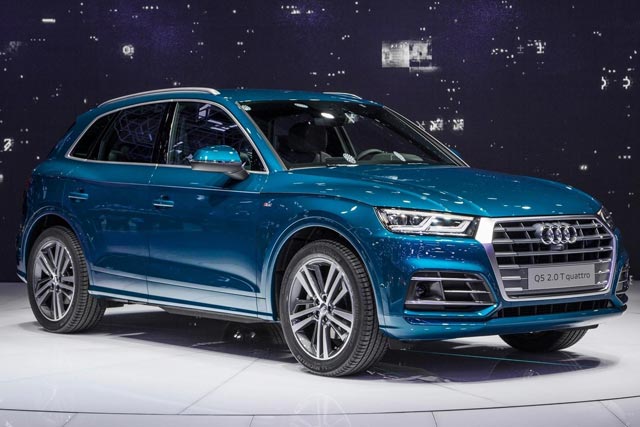
Tests on the front seats and head restraints demonstrated good protection against whiplash injury in the event of a rear-end collision. A geometric assessment of the rear seats also indicated good whiplash protection. The Q5 has, as standard equipment in Europe, Audi PreSense City, an autonomous emergency braking system. In tests at low speeds, typical of city driving, where many whiplash injuries are caused, the system performed well, avoiding collision with the target at all but the highest test speed.
Mercedes-Benz GLC:
The passenger compartment of the GLC remained stable in the frontal offset barrier test. The car scored maximum points for its protection of the front passenger dummy, with good protection of all critical body areas. Dummy readings indicated good protection of the knees and femurs of both the driver and passenger. Mercedes-Benz showed that a similar level of protection would be provided to occupants of different sizes and to those sat in different positions. In the frontal full-width rigid barrier test, the front driver scored maximum points, with good protection of all body regions. For the rear passenger, protection of the neck was adequate and that of the chest was marginal, the head and femurs being well protected.
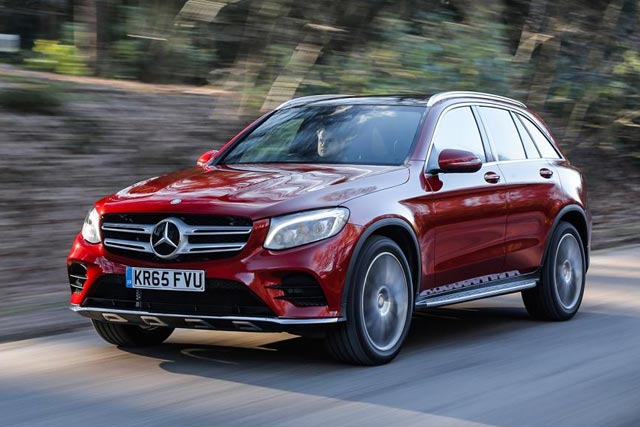
The GLC scored maximum points in both the side barrier test and the more severe side pole impact, with good protection of all critical areas of the body. The front seats and head restraints provided good protection against whiplash injury in Euro NCAP’s tests and a geometric assessment of the rear seats indicated the same high level of protection to the occupants of those seats. Autonomous emergency braking is standard on the GLC. Tests showed good performance at the low speeds, typical of city driving, at which many whiplash injuries are caused.



